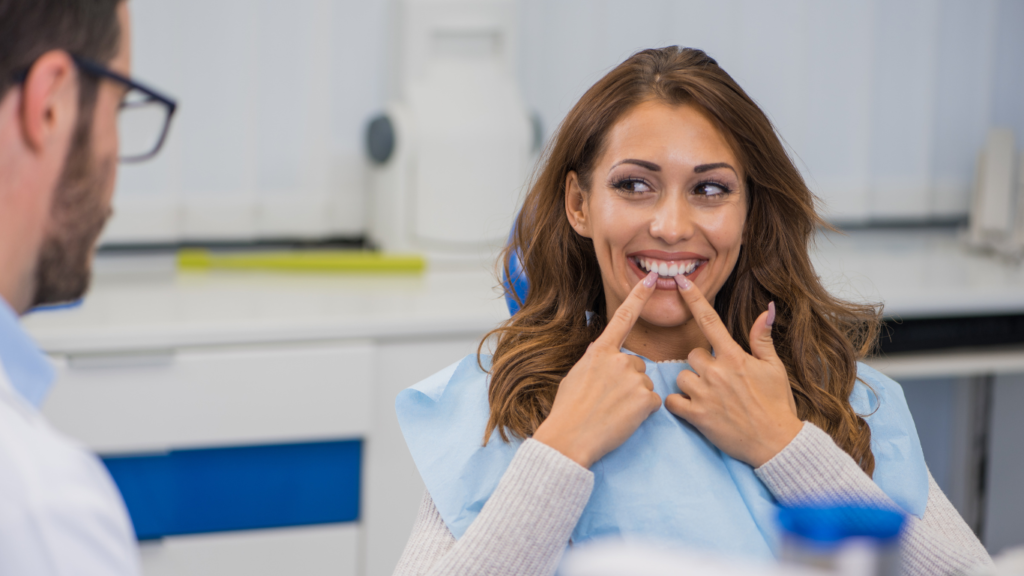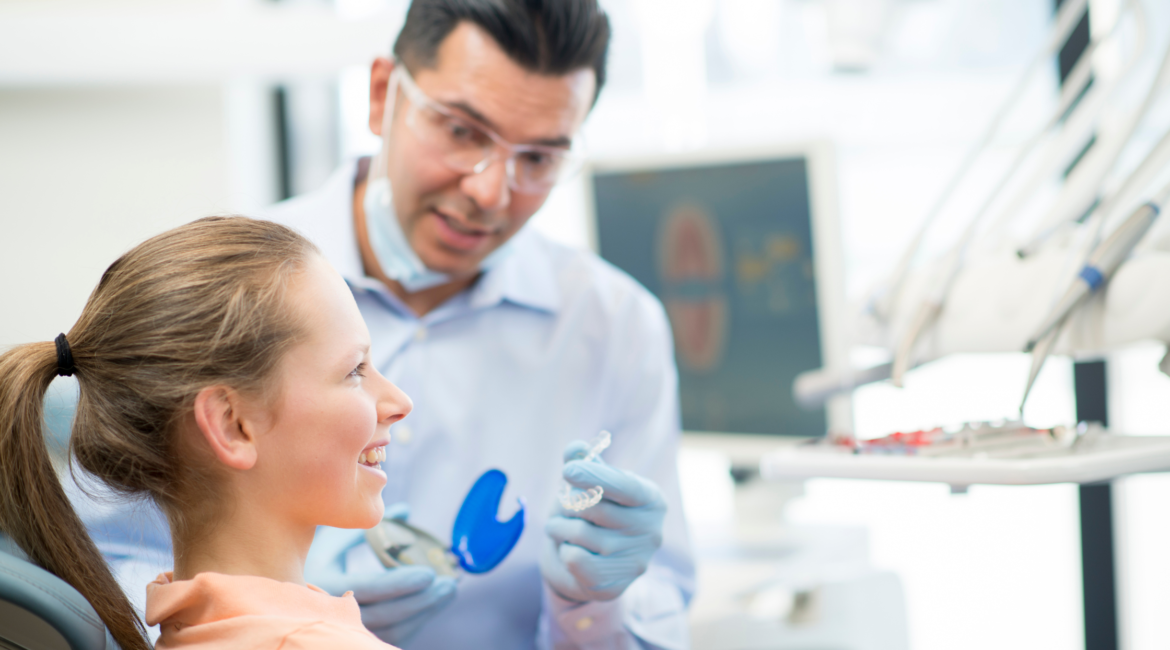Achieving a straighter smile is a goal for many individuals, as it not only enhances their appearance but also contributes to improved oral health.
In the past, traditional braces were the go-to option for orthodontic treatment. However, with advancements in dental technology, Invisalign has emerged as a popular alternative.
This article aims to provide valuable insights into the key differences between Invisalign and traditional braces, enabling you to make an informed decision when it comes to achieving your dream smile.
Why take action towards a straighter smile?
Teeth tend to shift due to forces from our lips, cheek, tongue, as well as chewing. As a result, teeth tend to become more and more crowded.
Crowded teeth are more difficult to keep clean, and tend to have higher instances of gum disease. They also tend to crack and wear faster because the chewing forces are not properly distributed.
Crowding also leaves less room for the tongue, and may cause an increased chance of snoring, which tends to result in more clenching during sleep, and further wears down the teeth.
Teeth are also responsible for lip and cheek support and as they become more crowded, more wrinkles in our face tend to show.
As you can see, many problems arise from misaligned teeth, and when it comes to methods of achieving a straighter smile, there are two options at your disposal; Invisalign and traditional braces.
Invisalign, a brand of clear aligners, are gaining a lot of popularity because of their ability to move teeth without having to go through braces.
How does Invisalign work? The mechanics
A scan is taken of your current teeth position and is used to plan to move your teeth in a more ideal position incrementally with each aligner.
Treatment times and number of aligners necessary vary depending on the amount of tooth movement necessary. Typically, it can range from as little as 2 months to 2 years depending on the tooth position. Using our technology, we are able to show you your outcome, even before you begin.

Invisalign vs. Traditional Braces – Major Differences
1. The Aesthetics
One of the most obvious advantages of Invisalign over traditional braces is its discreet appearance.
Invisalign aligners are transparent and virtually invisible when worn, making them an excellent choice for those who wish to maintain a more natural-looking smile throughout their orthodontic treatment.
On the other hand, traditional braces consist of metal brackets and wires, which can be more noticeable and may affect your self-confidence during the treatment period.
2. Comfort
In terms of comfort, Invisalign offers a clear advantage. The aligners are custom-made using smooth, BPA-free plastic, ensuring a comfortable fit without any sharp edges that may irritate the mouth.
Additionally, Invisalign aligners can be easily removed for eating, brushing, and flossing, allowing for a more convenient and enjoyable orthodontic experience.
Traditional braces, while effective, may cause temporary discomfort due to the presence of brackets and wires. However, modern advances in orthodontics have made traditional braces more comfortable than ever before.
3. Treatment Duration
The treatment duration for Invisalign and traditional braces can vary depending on the complexity of the orthodontic issues being addressed.
In general, Invisalign treatment tends to be shorter compared to traditional braces. With Invisalign, you will receive a series of aligners that gradually shift your teeth into the desired position.
Your dentist will provide you with a customized treatment plan that outlines the estimated time for your specific case. Traditional braces, although effective, may require a longer treatment period due to the nature of the treatment mechanics.
4. Oral Hygiene
Maintaining good oral hygiene is crucial during orthodontic treatment. In this aspect, Invisalign offers a significant advantage.
Since the aligners are removable, you can brush and floss your teeth as you normally would, reducing the risk of plaque buildup and tooth decay. With traditional braces, it can be more challenging to clean your teeth thoroughly due to the presence of brackets and wires.
Specialized tools, such as interdental brushes and floss threaders, may be required to maintain proper oral hygiene with traditional braces.
5. Food Restrictions
Another factor to consider when choosing between Invisalign and traditional braces is the dietary restrictions.
Invisalign aligners can be easily removed, allowing you to enjoy your favorite foods without any limitations.
Traditional braces, on the other hand, require certain food restrictions to prevent damage to the brackets or wires. Sticky, hard, or chewy foods should be avoided to maintain the integrity of the braces.

Conclusion
Choosing between Invisalign and traditional braces ultimately depends on your unique orthodontic needs, lifestyle, and preferences.
While both options are effective in achieving a straighter smile, Invisalign offers added benefits such as aesthetics, comfort, convenience, and oral hygiene.
However, traditional braces may be more suitable for complex orthodontic cases or individuals who require more precise tooth movement.
Consulting with an experienced dentist or orthodontist is crucial to determine which treatment option is best suited to your specific situation.
Modern Day Dental | Invisalign | Jacksonville, FL
At Modern Day Dental, our team of highly skilled professionals is dedicated to helping you achieve the smile you’ve always desired.
If you’ve decided to opt for Invisalign, we are here to provide personalized care and guidance throughout your journey.
Contact us today to schedule a consultation and take the first step towards a straighter, more confident smile.

